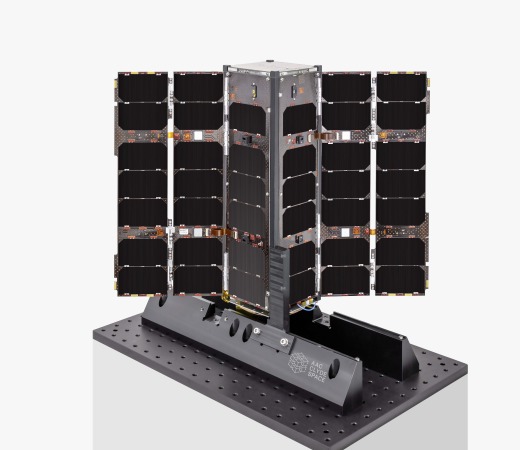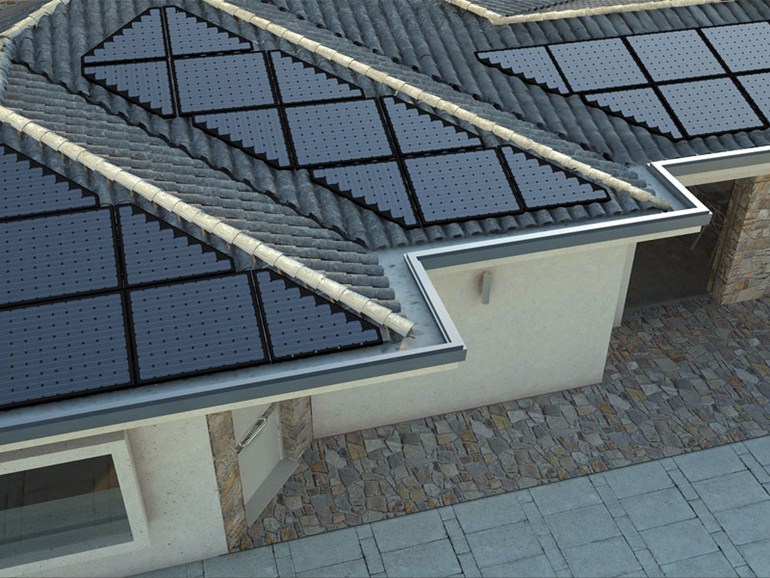Overall production means very little, getting charge into the batteries as early as possible, and continuing as late as possible will reduce battery requirements. This is the priority.
Agreed, generally. Batteries will cost 4-10 times more than the solar panels they replace to move the peak energy from the middle of the day to the portions of the day that could be covered by solar panels aimed toward the morning and evening sun.
You can approach this a few ways:
1. Increase the amount of storage (which incurs losses in both conversion and storage efficiency, and is costly)
2. Install solar tracking so the panels are always producing the maximum power possible at any given time (solar tracking is often more expensive than doubling the number of panels)
3. Install additional solar panels aimed toward the parts of the sky where the existing panels have poor coverage (May be the most cost effective compared to tracking or battery)
Battery storage is getting cheaper, and there are cost effective "batteries" such as hot water that can be used, but electrochemical batteries have a much more limited lifetime compared to panels.
Panels will still produce 80% of their rated output after 20 years - over 7,000 cycles (days). Assuming $0.50/watt panel cost the user is spending $0.000071 per production watt per day, or 7.1 cents per kw production per day.
Even good LiFePO4 cells will only last 10 years to their 80% rating, or about 3,500 cycles (days). Assuming $0.30/watt-hour battery cost the user is spending 8.6 cents per kwh storage per day.
So let's say the south only array produces 5kwh more per day that has to be stored that the east and west arrays would take care of. Let's also assume that the east and west arrays are only producing 75% of the energy they would be producing if they were facing south. At this point a lot more needs to be assumed, which would vary by location, but let's try two tests - one conservative, with only 4 total useful hours of sun per day, and one with 8 total useful hours of sun.
With 4 hours of sun generating that additional 5kwh south facing, you need 1.25kW of panels, and 5kwh of storage. With the EW facing, you need 1.7kw of panels and 0 storage. The cost per day of the south example is 8.875 cents for panels, and 43 cents for storage, so about $0.51/day. The cost per day for the EW panels is $0.12/day.
With 8 hours of sun generating the additional 5kwh south facing, you need 630w of panels, and 5kwh of storage. With EW facing you need 830w of panels. The cost per day of the south example is 4.5 cents per day for solar panels, and 43 cents per day for storage, so about $0.48/day. The cost per day for EW panels is $0.06/day.
Now, this is a contrived example - only slightly better than a guesstimate. It doesn't include conversion and storage energy losses which are greater with storage than with direct conversion. Every individual circumstance will be different - not just due to location, but cost/labor tradeoff. Installing additional battery capacity is inexpensive compared to installing additional solar capacity in terms of labor, mounting, engineering, and permitting. If you shop around, you may find $100/kwh batteries that meet your needs. These two things added together would alone make them equivalent in cost per day. Usage patterns will also alter the balance. If the load is high at night (home, sleeping), and low during the day (work, home unoccupied) then overpaneling has no benefit without storage behind it. Once your lot is full of panels, you have little choice but to upgrade to more efficient panels at a higher cost, and increase battery storage. Depending on your lot you might only have spaces facing east, west, or even north for panels - and even a north facing panel will produce power that might be worth the expense. If you have trees providing shade on the east and west, there's little point in facing panels in those directions, their production will be so low that the storage will be a cheaper option.
A better calculation would be cost per usable KWH, rather than cost per day, and calculated hourly for an entire year. Using production and consumption data from a specific location might be able to provide enough information to calculate that.
All that said, I think the general statement "Panels are cheaper than batteries" applies to most, and there is value in fixed installations including east and west facing panels.





